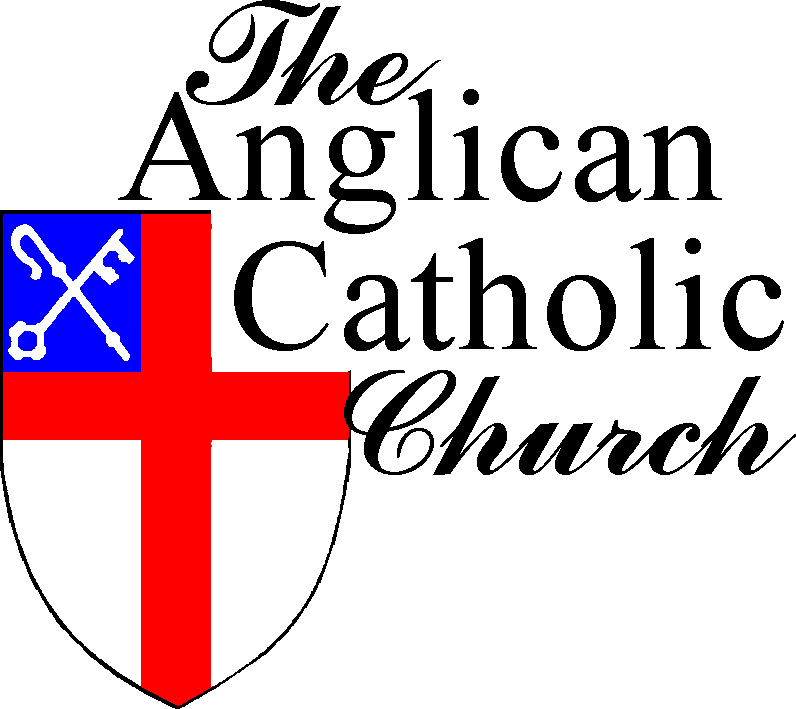THE EVANGELIST
Newsletter of St. John the Apostle Parish
OCTOBER 2025
Dear Parish Family and Friends,
The month of October brings the changing season of Autunm, cooler weather, falling leaves, darker nights, and the Vigil of All Saints known to the world as Halloween.
On October 31st, we celebrate Halloween. Although the revelries and observances of this day primarily occur in regions of the Western world, it has also become an increasingly popular tradition across the globe. We host costume parties, watch scary movies, carve pumpkins and light bonfires to celebrate the occasion, while the younger generations are off trick-or-treating. Just like any holiday we tend to celebrate, we can trace the origin of Halloween far back in time. Beyond the scary pranks and the spooky outfits. The festivities have a rich, cultural history.
The origins of Halloween can be traced back all the way to the ancient Celtic festival known as Samhain – pronounced ‘sow-in’ in Gaelic language. It was originally an event that marked the end of the harvest season and the beginning of winter in Ireland. The day after, November,1 would then mark the ancient Celts’ new year.
Like other ancient Gaelic festivals, Samhain was seen to be a time when the boundaries separating the spiritual world and the real world were reduced. This is why Halloween has become associated with appearance of spirits, fairies and ghosts from the mythical ‘Otherworld’. When the lines were blurred between worlds of the living and the dead, Celts used the opportunity to honor and worship their ancestors. Many, however, were concerned about the accessibility that darker and evil spirits had to influence those in the real world. This is why many Celts dressed their children as demons to confuse the evil spirits and marked their doors with animal blood to deter unwanted visitors.
Once Roman forces had conquered a vast amount of Celtic territory by 43 AD in Northern France and the British Isles, traditional Roman religious festivals were assimilated with the pagan celebrations. The Roman festival of Feralia was traditionally celebrated in late October. It was a day to commemorate the souls and spirits of the dead and was hence one of the first festivals to be combined with the Celtic festival of Samhain. Another festival was the day of Pomona, the Roman goddess of fruit and trees. In Roman religion, the symbol that represented this goddess was an apple. This has led many to believe the Halloween tradition of apple bobbing originated from this Roman influence on the Celtic celebration.
From the 9th century AD, Christianity had begun to influence and displace old pagan rituals within the Celtic regions. By the decree of Pope Gregory VI, ‘All Hallows’ Day’ was assigned to the date of 1 November – the first day of the Celtic new year. The Pope, nevertheless, renamed the event ‘All Saints’ Day’, in honor of all the Christian Saints. ‘All Saints’ Day’ and ‘All Hallows’ Day’ are terms that have been used interchangeably throughout history. The eve before these dates was then called ‘Hallowe’en’ – a contraction of ‘Hallows’ Evening’. In the last century, however, the holiday has been referred to simply as Halloween, celebrated on ‘Eve’ before the Day of All Saints.
Perhaps now you know more about Halloween than you wanted. For our parish, October 31st is observed as the day our parish church and grounds were consecrated. On this day in 1999, The Rt. Rev. Joseph P. Deyman consecrated our church and grounds hallowing them for the use of God’s people. It became for us the gate of heaven. The place where we meet God to worship Him, to give thanks and to adore Him through the sacraments and witness of the gospel. And to this day our parish has been blessed with faithful members to carry on the work begun many years ago. Stay faithful and continue to do the work needed to sustain St. Johns future. If you are interested in knowing more about the Church, read the text to hymn 228, Only begotten Word of God Incarnate…
Have a Blessed month.
In Christ,
Fr. Thomas B. Wirth, Rector
